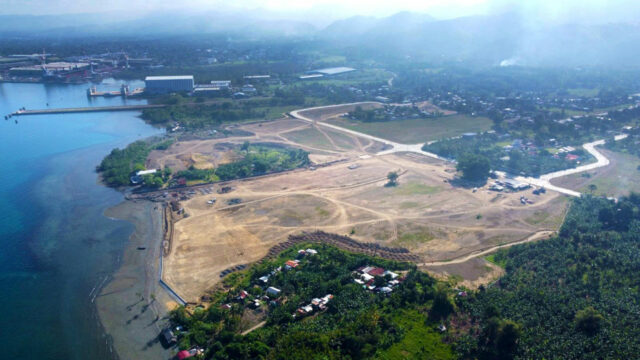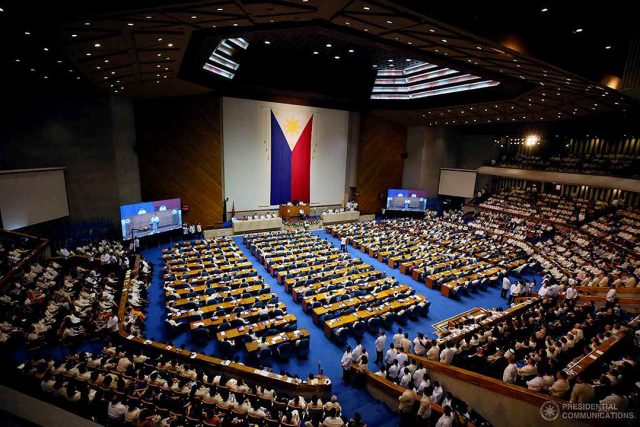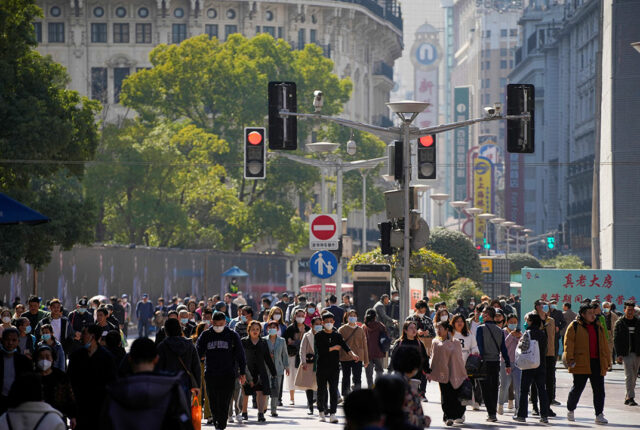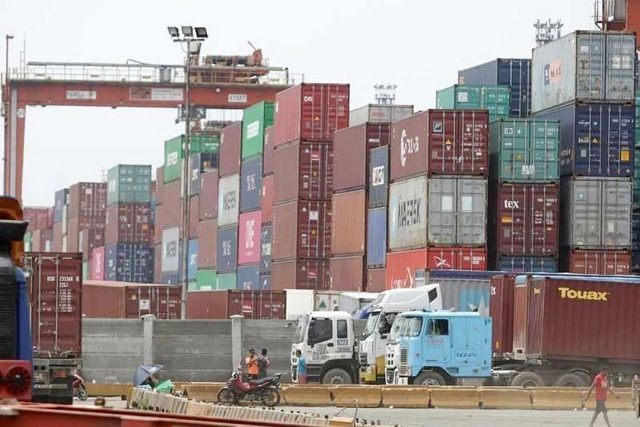Zed Philippines looks to launch first credit card
ZED PHILIPPINES, Inc. is aiming to roll out its credit card to the first cardholders on its waitlist in the next few months.
“Zed is the next-generation credit card designed to empower young professionals in the Philippines,” Zed co-founder Danielle Cojuangco Abraham said at a media roundtable on Monday.
“We believe that young Filipinos deserve not only better access to credit, but a better experience around credit,” she added.
The tech start-up currently has almost 25,000 applicants on its waitlist. However, the release will be on a controlled basis to “ensure the best customer experience,” it said.
“We’re not trying to flood the market really quickly and not be able to ensure that everybody is having the same level of experience. So in the next few months, you’ll start to see the first few cardholders from the waitlist,” Zed co-founder Steve Abraham said.
A private beta of around under 100 cardholders is also currently ongoing, according to Zed.
Zed is a MasterCard Titanium credit card with no interest, no foreign transaction fees and no annual fees.
“It’s powered by a groundbreaking app that puts unprecedented control into the hands of our customers. Since we don’t have to pay for costly infrastructure like physical bank branches or bloated headcounts, we’re able to pass those savings on to our customers with no revolving interest and no fees,” Mr. Abraham said.
“Zed will be the first locally issued credit card in the market, with no foreign transaction fees. With Zed, they can use their card anywhere globally, enjoy the best available exchange rates, and not have to worry about any hidden fees or charges.”
Zed’s underwriting model is also based on users’ current and future income.
“That not only opens up access to young professionals with high and stable incomes, but it also results in smarter credit limits for these customers, because their credit files don’t accurately reflect their earning power,” Mr. Abraham said.
Another feature of the card is that it allows “unlimited virtual cards.”
“In the Zed app, customers can create additional credit cards, each with its own unique card number, CVV, and expiration date. They can use these cards to transact online or over the phone with merchants, and they never have to worry about their primary card details being exposed,” Mr. Abraham said.
These virtual cards can be set to automatically close after a single purchase of a set amount of time, he added. Spending limits may also be set.
Zed said it is also working on creating a rewards program for its users, as well as other future financing options. — Luisa Maria Jacinta C. Jocson















